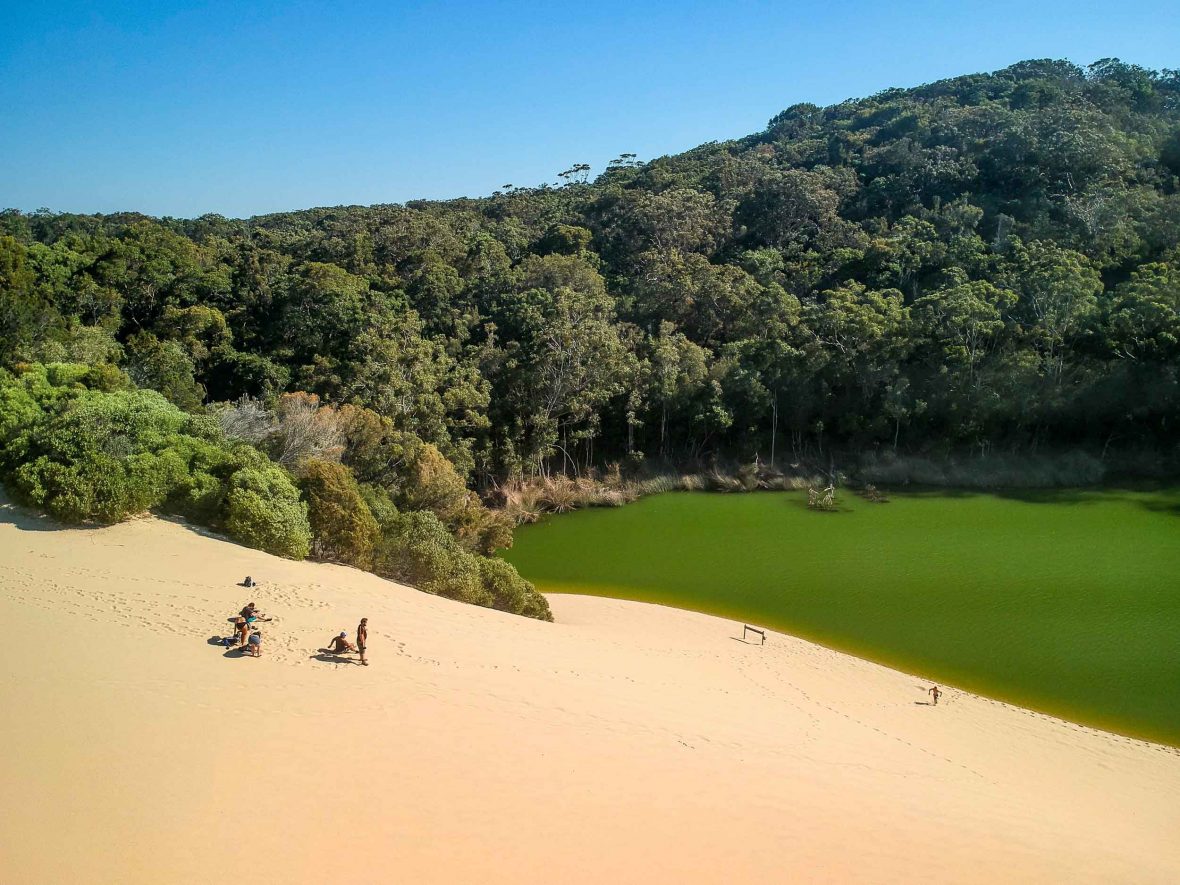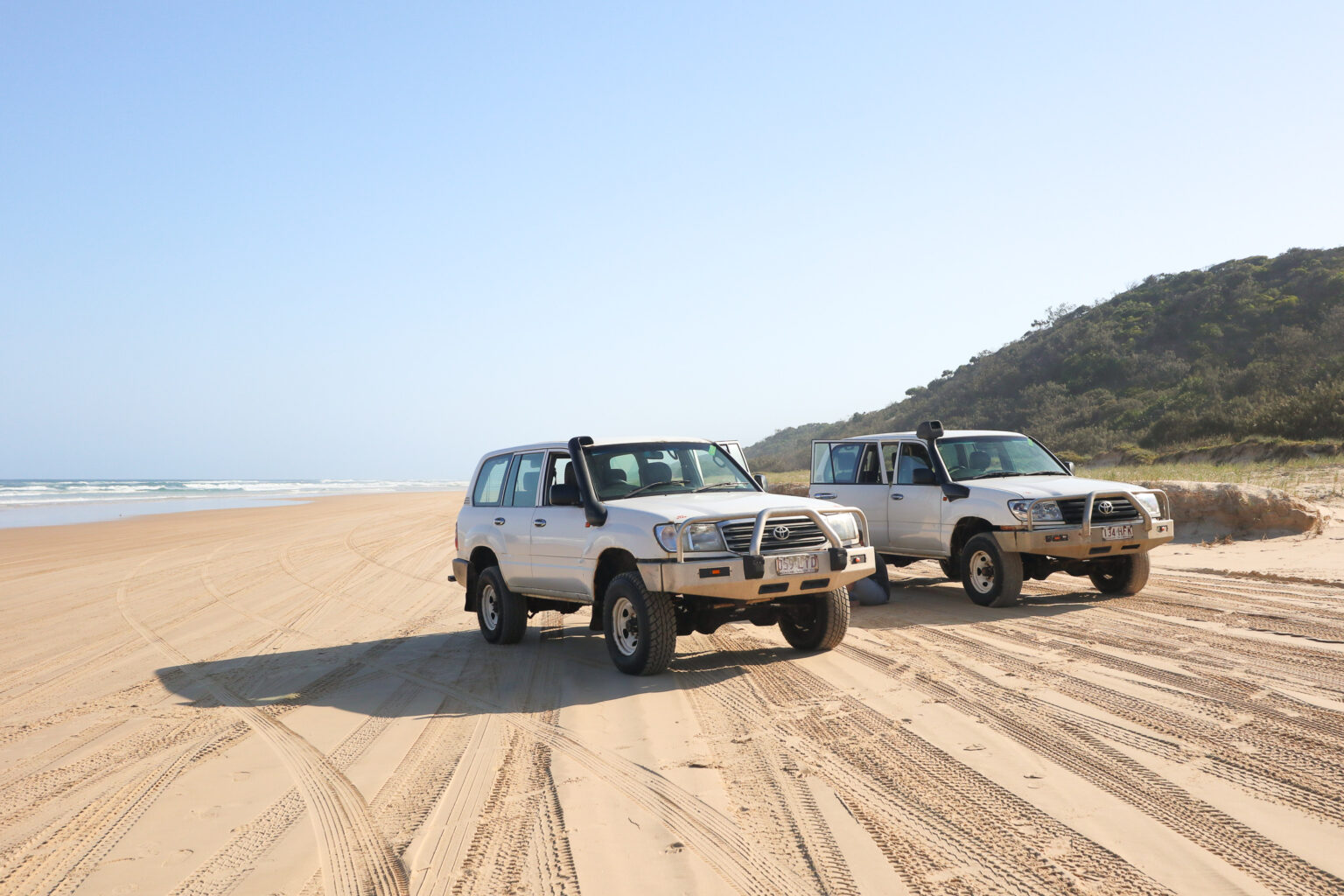Nestled off the coast of Queensland, Australia, Fraser Island is a breathtaking destination known for its unique landscapes and rich biodiversity. Stretching over 120 kilometers, this magnificent island is recognized as the largest sand island in the world. With its stunning beaches, lush rainforests, and pristine lakes, Fraser Island offers a diverse range of experiences that attract adventure seekers, nature lovers, and families alike.
A Brief History of Fraser Island
Fraser Island holds significant cultural importance for the Butchulla people, the traditional custodians of the land. The island is rich in Aboriginal heritage, with many stories and traditions tied to its landscapes. European exploration began in the late 18th century, with Captain James Cook being one of the first to chart its shores. The island was named after Eliza Fraser, a shipwreck survivor, in the early 19th century, which marked the beginning of its documented history.

Getting There: Accessing Fraser Island
Reaching Fraser Island is an adventure in itself. The island can be accessed via ferry from Hervey Bay or Rainbow Beach, both of which offer scenic views of the surrounding ocean. Once on the island, the best way to explore its rugged terrain is by four-wheel drive, as many areas are accessible only with this type of vehicle. Guided tours are also available for those who prefer a more structured approach to exploring the island’s wonders.
The Majestic Sand Dunes and Beaches
Fraser Island boasts some of the most stunning beaches in the world, including the famous Seventy-Five Mile Beach. This long stretch of golden sand serves as both a highway and a picturesque location for sunbathing and picnicking. The unique combination of sand and sea creates a vibrant atmosphere where visitors can swim, fish, and even spot whales during migration season.
The island’s sand dunes are another highlight, with towering formations that create a mesmerizing landscape. The Maheno Shipwreck, an iconic attraction on the island, lies stranded on the beach, offering a glimpse into the island’s maritime history. The rusted hull of the ship provides an excellent backdrop for photography and a popular spot for visitors to gather.
Pristine Lakes: Nature’s Gems
Fraser Island is home to several stunning freshwater lakes, each with its own unique characteristics. Lake McKenzie is perhaps the most famous, known for its crystal-clear waters and beautiful white sandy shores. This perched lake is surrounded by lush vegetation, making it an ideal spot for swimming and relaxation. The lake’s pure waters are rich in silica, giving it a striking blue color.
Other notable lakes include Lake Birrabeen, which offers a quieter, more serene experience, and Lake Wabby, known for its unique combination of both a freshwater lake and a sand dune. The contrast between the deep green of the surrounding forest and the clear waters creates a tranquil atmosphere for visitors seeking solace in nature.
Diverse Flora and Fauna
Fraser Island’s ecosystems are incredibly diverse, featuring a unique blend of rainforests, mangroves, heathlands, and sand dunes. The island is recognized as a UNESCO World Heritage Site due to its exceptional natural features and biodiversity. The lush rainforests are home to towering trees, vibrant ferns, and a variety of wildlife.
Wildlife enthusiasts will be delighted by the chance to spot some of Fraser Island’s unique inhabitants. The island is known for its population of dingoes, which are the purest strain of wild dogs in Australia. These fascinating creatures can often be seen roaming the beaches and inland areas, although visitors are advised to observe them from a distance and respect their natural behavior.
Birdwatchers will also find Fraser Island to be a paradise, with over 300 species of birds recorded on the island. From colorful parrots to majestic eagles, the avian diversity adds another layer of excitement for nature lovers.

Adventure Activities
For those seeking adventure, Fraser Island offers a plethora of activities to suit every thrill-seeker. Four-wheel driving is a popular way to explore the island’s rugged terrain, allowing visitors to traverse sandy tracks and discover hidden gems. Guided tours provide a safe and informative way to experience the island’s highlights without the hassle of navigation.
Additionally, kayaking and fishing are popular activities in the island’s waterways. Lake McKenzie and the surrounding creeks offer excellent opportunities for canoeing and fishing enthusiasts to enjoy the tranquil surroundings while casting their lines for a catch.
Hiking trails also abound, with various routes showcasing the island’s stunning landscapes. Whether it’s a short walk through the rainforest or a more challenging trek to a lookout point, the trails provide an excellent way to immerse oneself in the island’s natural beauty.
Conservation and Sustainability
As a UNESCO World Heritage Site, Fraser Island is a protected area, and conservation efforts are in place to preserve its unique ecosystems. Visitors are encouraged to follow sustainable practices while exploring the island, such as sticking to designated tracks, respecting wildlife, and minimizing waste. By being responsible tourists, visitors can help ensure that Fraser Island remains a pristine paradise for generations to come.